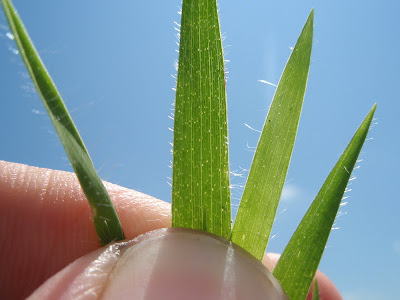Prairie Poem

Oh proud prairie Oh fertile shroud Rooted in the black depths of antiquity Spotted and swaying with varying degrees Of blue, green and golden pleasures A symphony of silent strength Where wind and grass collide To worship open expanse In you I confide Between the prayers of a Pleistocene sky The pressure of ice And the loft of loess I walk in silent search Of anything That can exist so freely As these erupting spirits of bloom In concert with birds, time Motion and tune Oh my miserable heart diced to bleeding pulsing squares Roads and crops Dust and barbed wire stares Pitted with rust That stain more red than ignorance My imprisoned prairie soul Dig deep Into ancient soils And find the us In what remains Of the plows crumbs And the cattle's waste Find the starry night So far away And let us sleep Together Under it And remain






